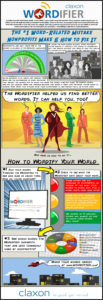In my last post, I fleetingly mentioned 140 character personas. These deserve more air time. They’re super cool. They have the power to transform your nonprofit’s messaging.
Meet Jia Zhang. He is a graduate student at MIT’s Social Computing Group and a visual journalist intern at FiveThirtyEight. Zhang noticed the following:
Census data is often seen at a large scale — atlases, research studies and interactive visualizations all offer the view from 10,000 feet. But there are people inside those top-line numbers. And when you start to look at the people in the data sets, you get a glimpse of their lives. Just a few descriptors — how much they work, whom they take care of, where they were born — can give us a sense of the people around us.
http://fivethirtyeight.com/datalab/introducing-censusamericans-a-twitter-bot-for-america/
http://fivethirtyeight.com/datalab/introducing-censusamericans-a-twitter-bot-for-america/
Called censusAmericans, it tweets short biographies of Americans based on data they provided to the U.S. Census Bureau between 2009 and 2013. Using a small Python program, the bot reconstitutes numbers and codes from the data into mini-narratives. Once an hour, it turns a row of data into a real person.
This clever Twitter bot mines census data and dishes up gems like these:
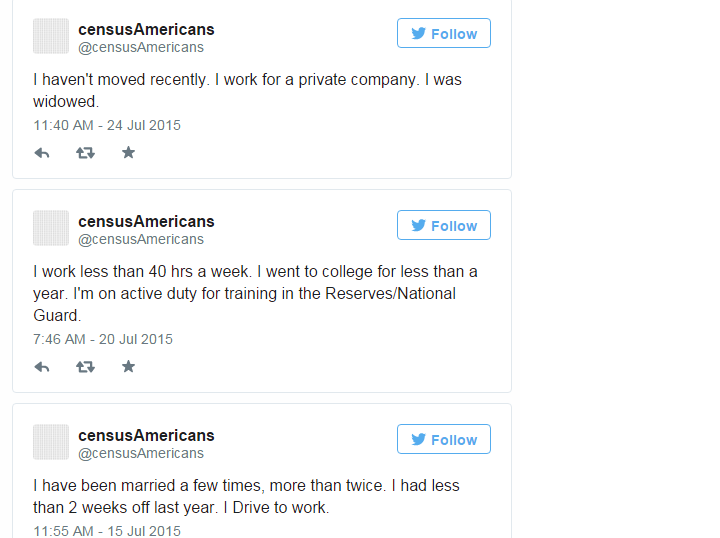
And–bam!–just like that you get a good sense for these people. Can’t you just see how their story might unfold? Can you see how what these three people care about might differ? How their day-to-day lives would look really different from person to person? Knowing that–and expanding on it to create a full persona–is the stuff of messaging magic.
If you don’t have the time, or feel overwhelmed at the prospect of, creating a full-blown persona, create a 140 character one. It’s a whole heckuva lot better than not having a persona at all! Zhang has made it easy–simply look through the censusAmericans Twitter stream for inspiration that auto-magically regenerates every hour!
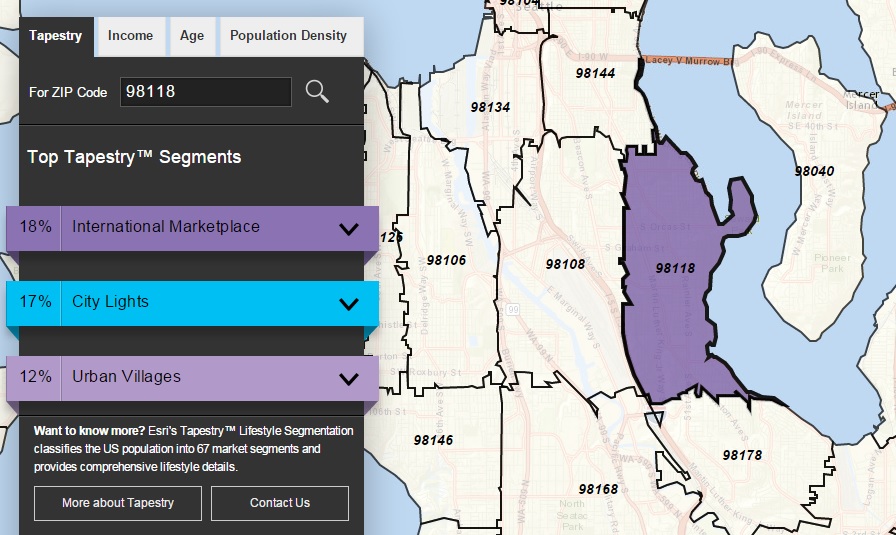
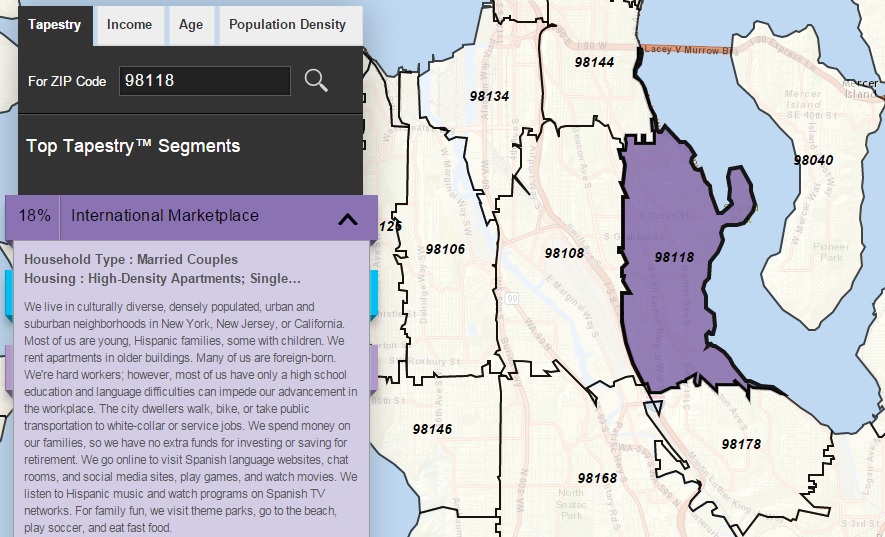
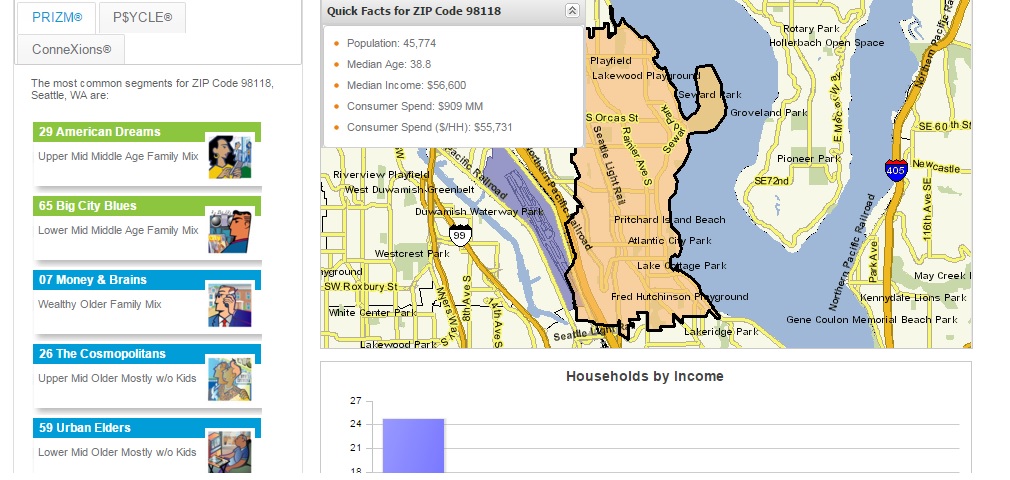

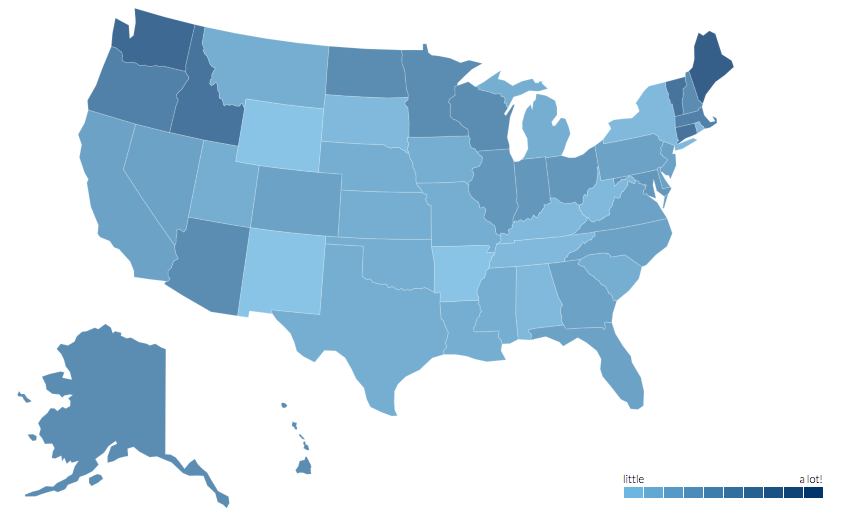


 *A Super Quick Primer on Content Words and Function Words*
*A Super Quick Primer on Content Words and Function Words*
 Class is in session.
Class is in session.